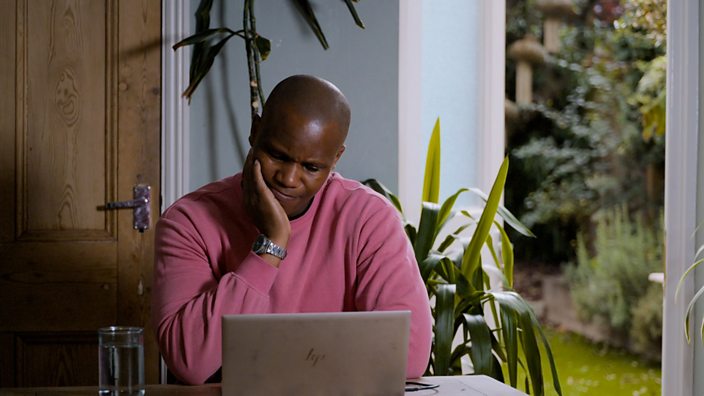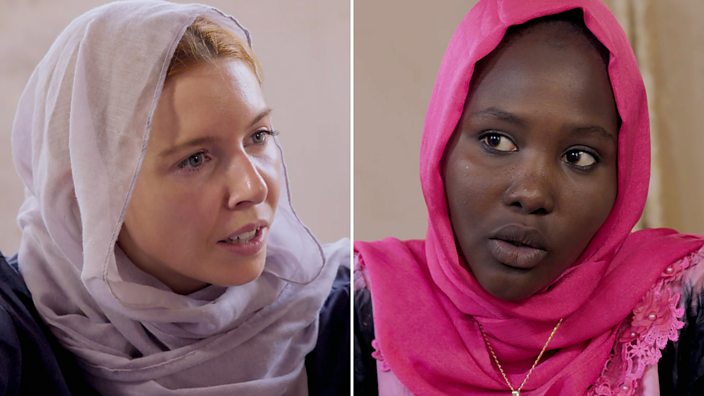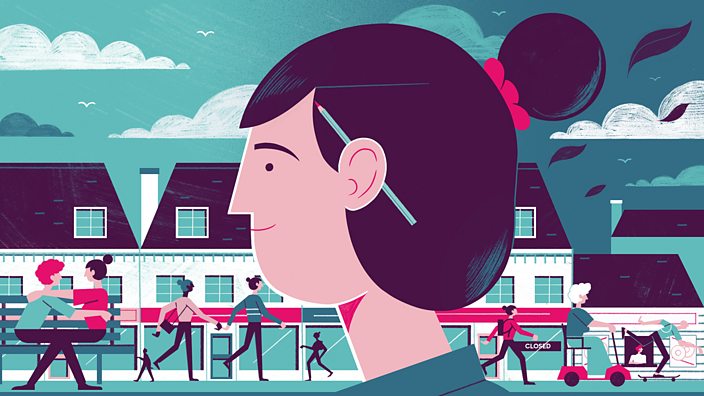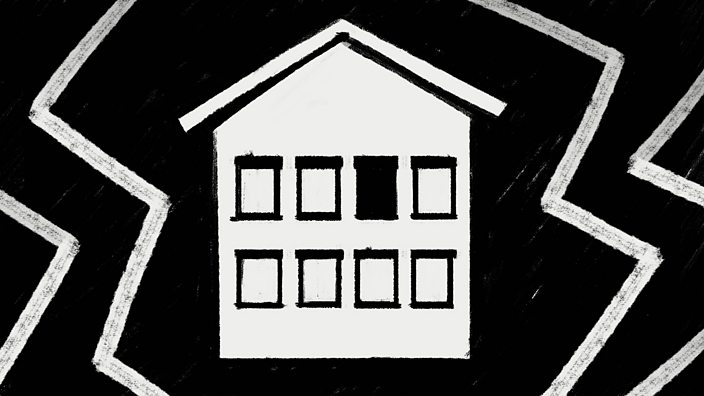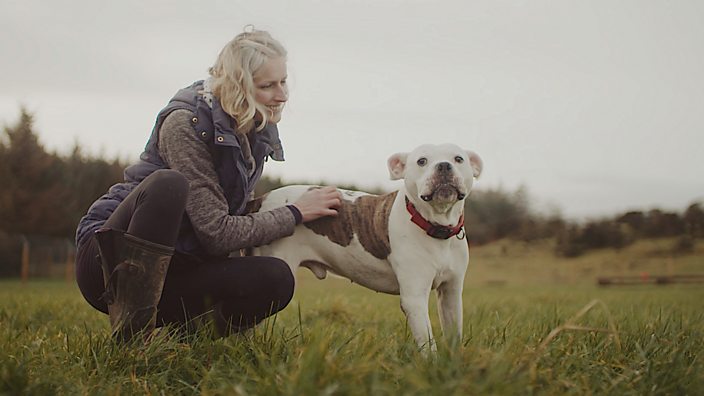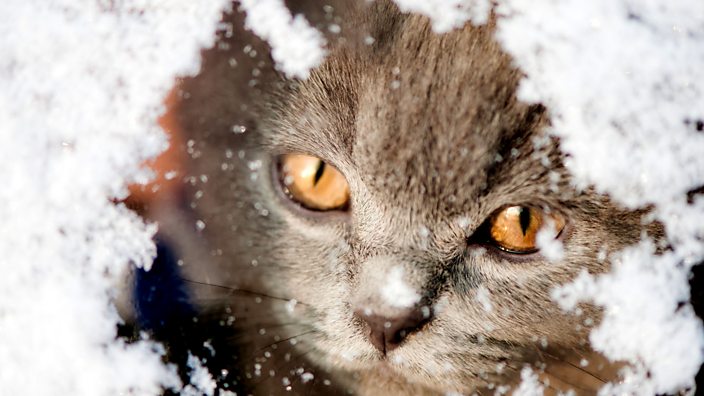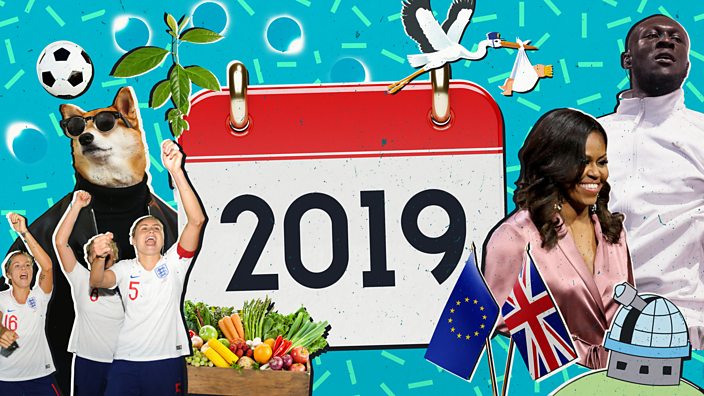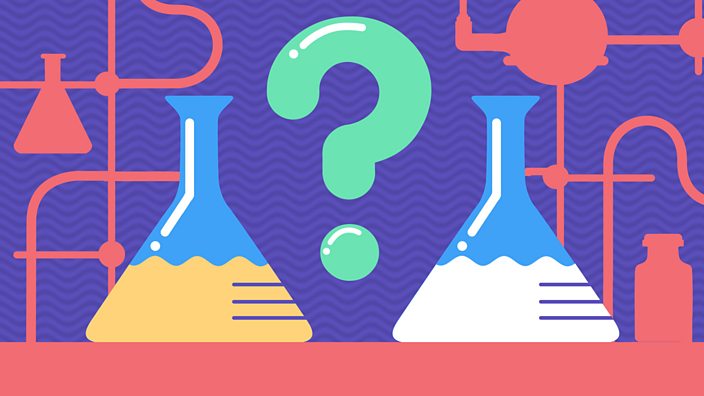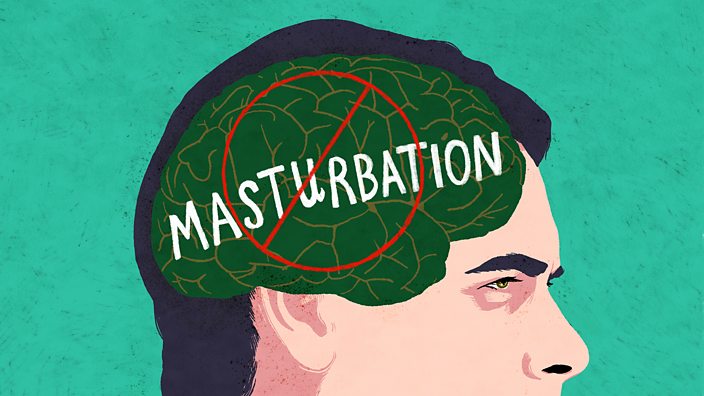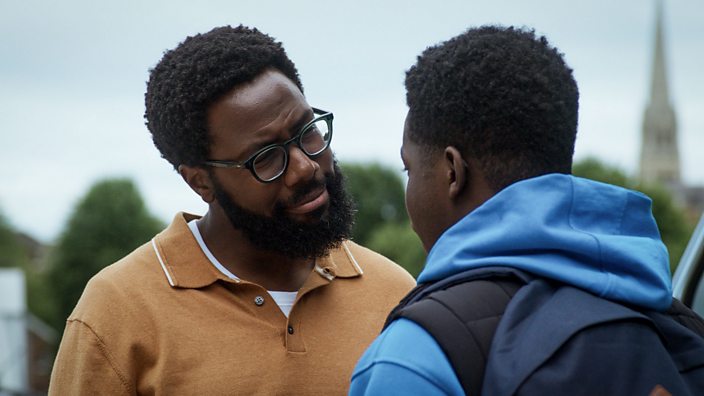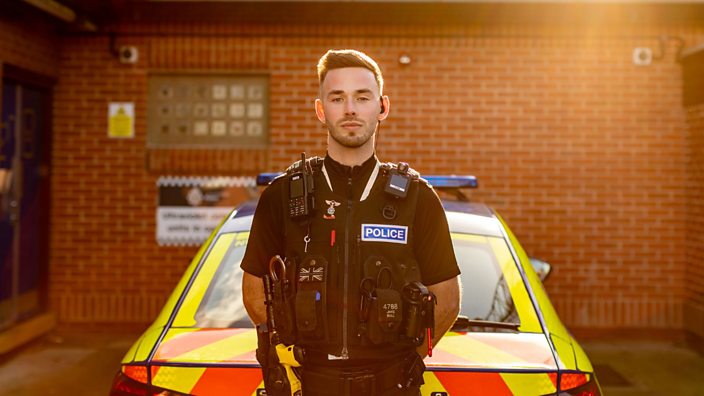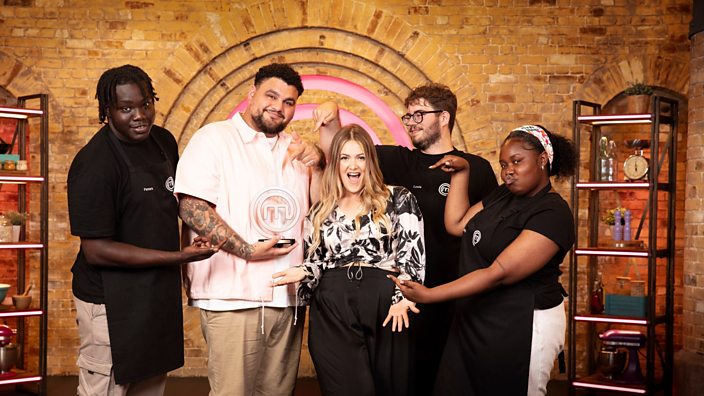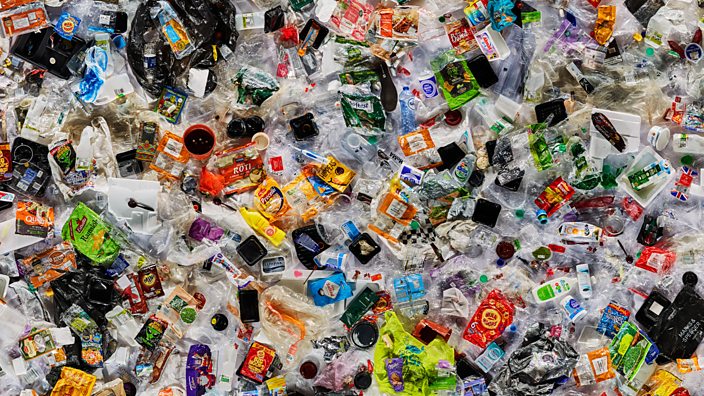 Ollie Harrop
Ollie HarropIs plastic the new fur?
With plastic protests around the country and a proposed ban on cotton buds, is plastic becoming the ‘new fur’?
We’ve all been there. You’re going through the checkout at the supermarket, and you need to ask for 5p bags.
The shop assistant rings them through silently, and it feels like everyone queuing behind you is giving you ‘plastic shaming’ looks.
But it hasn’t always been this way. In 2014 - the year before the 5p plastic bag charge was introduced - people in England got through the equivalent of 140 single-use carrier bags each per year.
Now we each use about 25 bags a year – a reduction of a phenomenal six billion bags since the charge was introduced in October 2015.
And it’s not just bags we’re shunning. Single-use plastics are now a no-no, from straws in cocktails, to plastic forks and water bottles. In April, the government proposed a ban on plastic straws and cotton buds in England, and now the EU is in favour of a ban on all single-use plastics. Network Rail has also pledged to ban plastic cutlery and cups from the retail outlets housed in the 20 train stations it manages across the UK by 2020. Although, there has been a backlash against the plastic straw ban with the suggestion it disadvantages disabled people.
Single-use plastics are exactly what the name suggests: any piece of plastic that is designed to be used once and then thrown away. They make life easier – in the short term, at least.
In the long run, many of these items end up swirling around large ocean currents called gyres, washing up on beaches, or floating in the sea.
And as David Attenborough warned in his moving finale to Blue Planet II, all of this plastic is killing fish, birds, and other animals.
“Never before have we had such an awareness of what we are doing to the planet, and never before have we had the power to do something about that,” he says in the final episode. “Surely we have a responsibility to care for our blue planet.”
Part of what made Blue Planet II hit home were the images of albatross parents unknowingly feeding plastic pieces to their chicks, of dolphin mothers feeding contaminated milk to newborn calves, and of miles of colourful but deadly plastic floating in the ocean.
Plastic’s impact on animals has become increasingly explicit. If animals don’t die from toxic poisoning from the plastic seeping into their food and water, they can get trapped in plastic packaging and suffocate to death, or their stomachs can get full up of plastic pieces, meaning that they can’t eat.
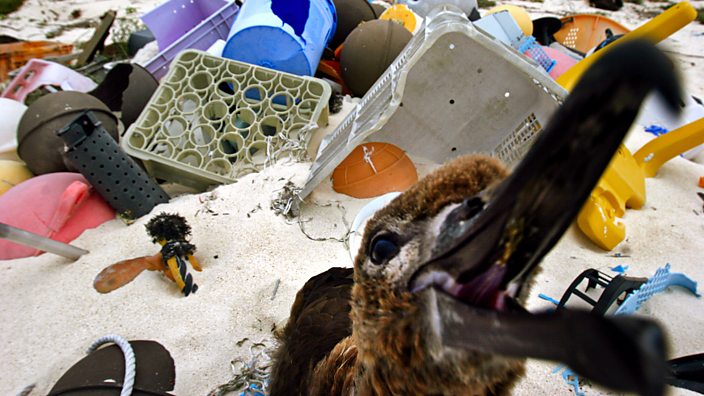 Getty Images
Getty ImagesAnd according to the UN, every year, plastic waste kills up to one million sea birds, 100,000 sea mammals, marine turtles, and “countless” fish.
Just as graphic photos of animals choking on plastic are becoming ubiquitous now, similar images have long been used in anti-fur protests.
Dan Mathews, senior vice president at Peta (People for the Ethical Treatment of Animals), says the Blue Planet episode reminds him of a striking ad created by fashion photographer David Bailey and anti-fur campaign group Lynx - not the deodorant - in the Eighties.
In it, models walk down a catwalk wearing heavy fur coats, while people in the audience swoon. That is until they turn at the end of the catwalk – spraying blood all over the room.
“I think people that wore fur were, or at least pretended to be, part of an ‘upper class’,” Dan says. “So when you have other people who are part of that scene, such as David Bailey, saying, ‘You’ve got it all wrong, these animals are noble and they deserve their lives’, it does change the debate. I think David Attenborough has now done that with plastic, very much in the same way as David Bailey did in the Eighties.”
Dan was behind the controversial 'I’d rather go naked than wear fur' campaign in the Nineties, which featured supermodels like Christy Turlington and Naomi Campbell going nude.
In addition, Peta ran undercover investigations at fur farms all over the world to show how animals were beaten, drowned and electrocuted in captivity, just for their pelts.
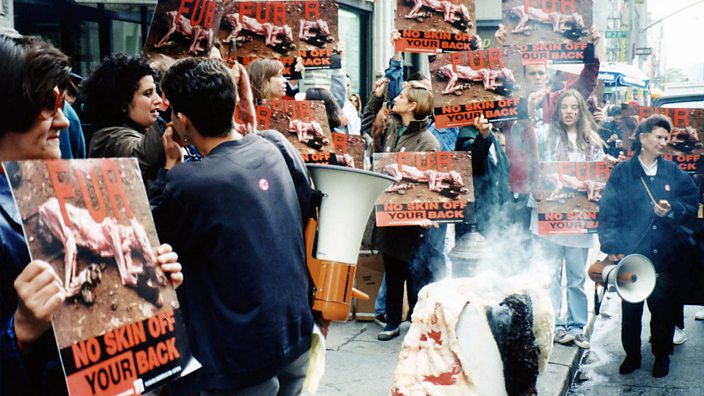 Peta
PetaFootage from these investigations ended up in news broadcasts across the globe, with graphic photos of foxes and mink being skinned alive held up by protesters at almost every demonstration. Today, it’s pictures of albatrosses and whales with plastic bottle caps spilling out of their carcasses that dominate the headlines.
“There are parallels between the shock imagery of marine plastic debris you see now, and what we saw in the early days of the anti-fur movement,” Wendy Higgins, from Humane Society International UK, adds.
“Shock imagery was certainly what catapulted the anti-fur campaign in the 1970s and 1980s onto most people’s radars. Strong images and shock statistics have the effect of making people feel guilty about using plastics – in the same way they changed the perception of fur from a luxury item into something to be ashamed of.”
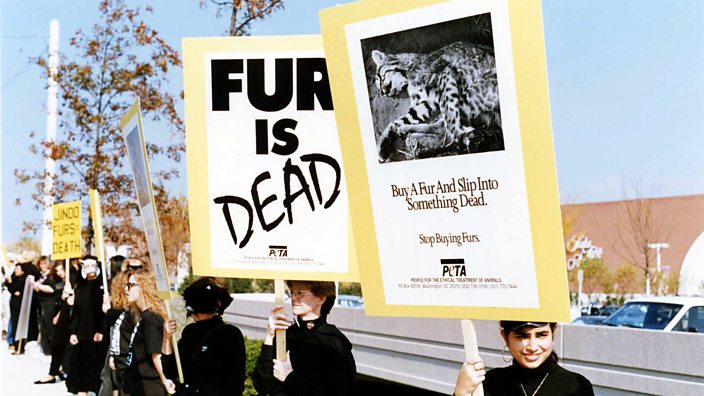 Peta
PetaJust as plastic usage has now started to decline, fur ownership also plummeted towards the end of the Nineties. Some 87% of British people surveyed in 1997 said they would never wear fur under any circumstances.
Then, pushed by public opinion, the government banned fur farming in 2003 – which Wendy says “was the final nail in the coffin for the fur trade in the UK”.
Bans are now also coming into force on plastic production. In July 2017, the government banned microbeads from cosmetics, and there were also calls to ban glitter – essentially tiny pieces of sparkly plastic. And with bans on straws and cotton buds in the pipeline, using plastic is arguably on its way to becoming as vilified as wearing fur.
People are speaking with their wallets, too. After environmental groups warned about coffee cups and their hidden plastic lining, which is partly why only one in 400 actually ends up getting recycled, reusable cups have been flying off the shelves. And some high street coffee chains have also introduced incentives for bringing in your own coffee cups, such as money off your drink or extra stamps on your loyalty card.
Marine biologist Rowan Byrne says that our attitude towards plastics has changed remarkably in the two decades that he has been in the industry.
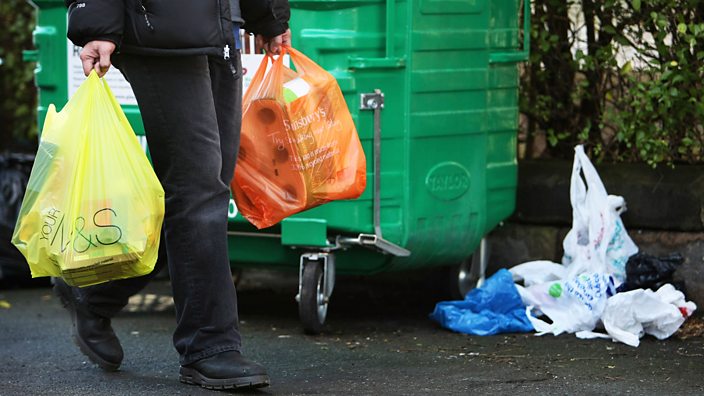 Getty Images
Getty Images“The culture is changing,” he says. “I think this change is driven by social pressure, to an extent, and a bit of shaming. If I forget my own alternative shopping bag now, I actually just leave the supermarket with the stuff in my hands. I don’t use a bag because I get so embarrassed about it.”
At the same time, Rowan says he sometimes gives people a "longer look” when he sees them asking for a plastic bag or cup – although he tries to give them “the benefit of the doubt” by thinking that they must have forgotten their reusable versions.
“I have been tempted to say something, and depending on the circumstances I may do so in the future,” he says. “But to be honest, I prefer to lead by example and show that there are alternative options out there.”
Along with carrying groceries in their bare hands, people are taking drastic action to rid themselves of plastic.
Eddie Arnold, a 30-year-old who works in catering in London, was never much of an activist before. But after watching Blue Planet II, he tried to give up plastic entirely for one month to see how easy it would be. For support, Eddie got a group of his mates to join him by doing the Plastic-Free February challenge.
It was much harder than they had all anticipated.
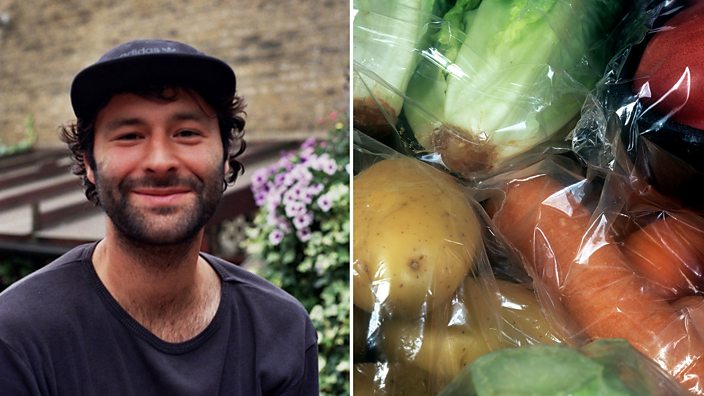 Eddie Arnold/Getty Images
Eddie Arnold/Getty ImagesBuying coffee tumblers, metal water bottles, and canvas shopping bags was the easy part. Avoiding single-use plastic packaging in supermarkets and lunch places, on the other hand, was almost impossible.
“It’s hard to find food without plastic wrapped around it, even with the amount of choice we’re supposed to have in London,” he says. “You have to really change your diet if you want to use no plastic at all, or have a lot of money and time to go to specialist places where you can bring your own containers.”
The challenge was a struggle for the entire group. At the start of the month, there were about 30 people taking part – but this had dwindled to just 12 by the end. One BBC Three writer feels their pain – she tried to give up plastic and ended up in tears, after realising it was wrapped around pretty much everything she needed to buy.
Along with fur, Eddie says plastic is “another item to add to the long list of avoidable ways we are destroying our planet and killing animals”.
It’s an interesting thought – and some people have taken their plastic war direct to supermarkets. Since March, protesters have been staging so-called “plastic attacks” across the country, which involve going into supermarkets, buying a week’s worth of groceries, removing all of the plastic wrapping, and then leaving it in a pile at the door. More recently, they’ve even made their way to cities in Switzerland.
In the first 'attack', at a Tesco near Bath, around 25 protesters left their excess plastic in a shopping trolley near the door. In response, the supermarket said it would be “happy to meet with these local campaigners” as it was “absolutely committed to reducing plastic packaging”.
Others have decided to collect their plastic to make a statement that is, quite literally, huge.
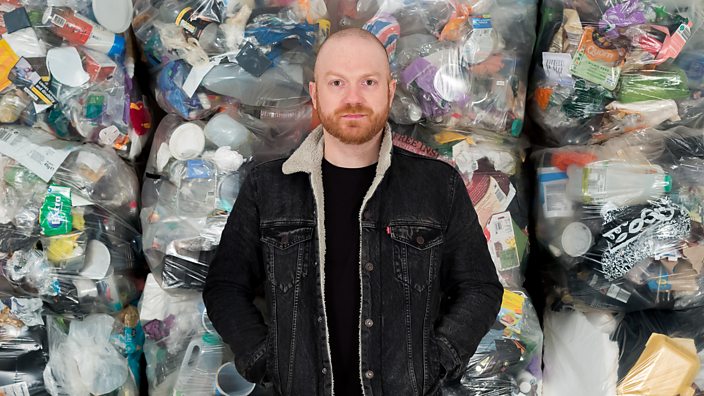 Ollie Harrop/Everyday Plastic
Ollie Harrop/Everyday PlasticDaniel Webb has spent the last year watching a mountain of rubbish grow in his flat. After seeing old soft drink bottles and tags from bags of bread from the 1980s washing up on the beach in his hometown of Margate, he made a conscious decision not to throw any plastic away for 365 days – just to see how much he got through.
It turned out that he used a lot of plastic – 4,500 individual pieces, to be exact. His vast, unsettling collection has now been fixed onto a 13-metre-wide billboard, which was displayed in Margate for two months earlier this year, and will travel to festivals around the UK over the summer.
“It’s just an honest account of what I used in a year,” he tells BBC Three. “I want to show people the vast amounts of plastic we’re actually getting through, but also that it’s not entirely our fault – things are just so over-packaged. I wanted to buy some instant noodles from the supermarket the other day. It had a paper bowl, with a plastic top, which was then wrapped in another bit of plastic – and then inside it had five different ingredients, which were again all wrapped in plastic.”
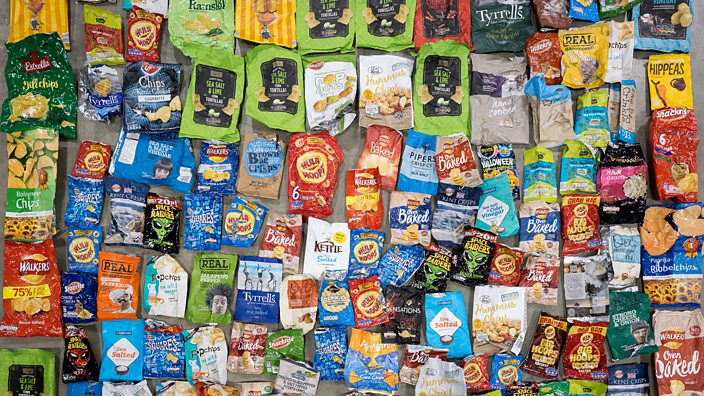 Ollie Harrop/Everyday Plastic
Ollie Harrop/Everyday PlasticBut does he think plastic is like fur? In some ways, he says, plastic is worse.
“Whereas people make a personal choice to wear fur, we often don’t have a choice when buying products wrapped in single-use plastic packaging,” he says. “It’s hard to make people feel guilty for something that they are being forced into buying by supermarkets and producers.”
Still, that guilt is definitely there – and it’s so strong that people are changing deeply entrenched habits.
While you’re unlikely to get red paint thrown on you for drinking from an Evian bottle, it seems that plastic could be going the way of the fur coat.
Maybe one day all of our plastic cups will also be relegated to the back of our cupboards, or stored in a dusty box of shame in our attics. And with people's attitudes changing so rapidly, that day could come even sooner than you think.
This article was originally published on 12 June 2018.
Read more:


